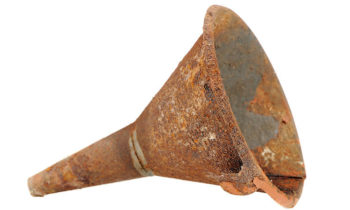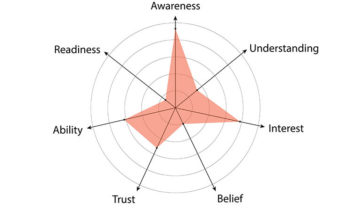Following Up – How to Write a Compelling Deck
“Do you have a short piece that describes what you do and perhaps what you have done for others?” This is the most common end to an introductory conversation with someone you think you might be able to help with your expert services. They ask you for what is essentially a brochure for your services.
Your audience here is not the person you spoke with on the phone, it is the colleague or boss to whom the deck is forwarded.
A strong deck includes four elements: a statement of capabilities, case studies, a credibility page, and contact information. “They want to talk to others on their team,” says Carlie. “But they also want to test you. How quickly do you turn something around? Is it high quality? We try and send out a deck by at least the next day.”
A Statement of Capabilities
Can you clearly explain what you do in a way your grandmother would understand yet is sharply enough focused that it positions you as one of the foremost leaders in your niche? Your audience here is not the person you spoke with on the phone, it is the colleague or boss to whom the deck is forwarded. You need to be able to explain your value proposition to them using a handful of printed words.
Case Studies
This is where you draw from your library of experiences to describe how you have helped others in similar situations. Make sure the examples are relevant. A small firm is going to wonder if the success you delivered on behalf of three very large firms can be duplicated for them if they are much less well known or command far fewer resources. Likewise, if all of your cases involve small clients, a large firm is going to wonder if you have the chops to play in the big game. Carlie suggests a good case study includes the task you were assigned by a client, what you did, and, finally, the resultant return on investment for the client.
Credibility Page
It is said, “No one was ever fired for hiring IBM.” Clients have problems which need to be solved, but when engaging you, they want air cover. They don’t want to be defending how they hired a firm with no track record and no references to tackle an important challenge. That would be a quick way to lose their job.
The logo page in the deck is where you include logos of important present and past clients. Who you have worked with in the past helps build your credibility—the idea that you can be trusted with a task and that you will do what you say.
Contact Information
This may seem silly. You attached the deck in an email which has your contact information. But once sent, decks take on a life of their own. They get passed on to others you have never met. Make sure you leave your calling card.




